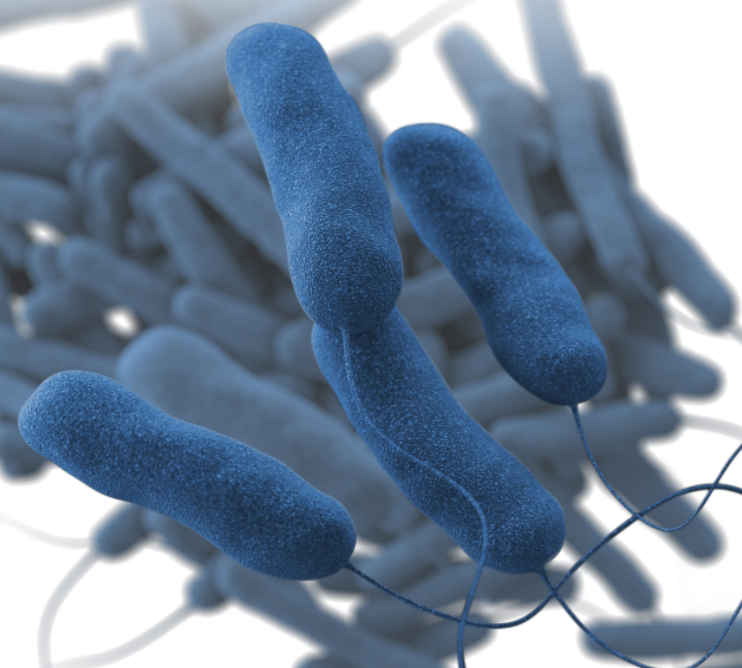In June, The Southern Nevada Health District opened an investigation into two cases of Legionnaires’ disease reported in guests who stayed separately at the Rio All-Suite Hotel and Casino in Las Vegas, NV in March and April.
Now five months later, health officials say the case tally has risen to seven, with 29 additional suspected cases.
According to a Las Vegas Review-Journal report this week, The Rio hotel disinfected the Ipanema Court and Masquerade Village towers in June. Since then, the staff has been cleaning and testing the premises to make sure the disease is wiped out.

Image/CDC
“In a situation like this, part of the process of these investigations on an environmental aspect is continued testing and monitoring,” said Robert Cole, the health district’s senior environmental health specialist.
Often the process, which includes precautionary disinfection of water systems, will continue for up to a year, Cole said.
The report also states that a recent health department report said there were 56 suspected cases of influenza-like Pontiac fever, a milder illness caused by the same bacteria, at the hotel, for a total of 92 confirmed or suspected cases related to the outbreak.
LISTEN: Legionnaires’ disease and Legionella, Part Two
Legionnaires’ disease gained national notoriety in 1976 when the Centers for Disease Control and Prevention (CDC) discovered it during an epidemic of pneumonia among American legion members at a convention in Philadelphia.
The main causative organism is the bacteria, Legionella pneumophila. The legionella bacteria are found throughout nature, because of this most people become exposed to it but few develop symptoms.
The primary place in nature it’s found is water sources particularly at warmer temperatures; lakes, rivers and moist soil.
It is also found in man-made facilities (frequently the source of outbreaks) such as air-conditioning ducts and cooling towers, humidifiers, whirlpools and hospital equipment.
People get exposed through inhaling infectious aerosols from these water sources. There is no transmission from person to person.
Related: Legionnaires’ disease: Additional cases linked to Disneyland visits
The infection can appear in two clinical forms: Legionnaires’ disease and Pontiac fever.
Both conditions are typified by headache, fever, body aches and occasionally abdominal pain and diarrhea. Legionnaires’ disease is the cause of pneumonia where a non productive cough is typical.
Pontiac fever is a self limiting flu-like illness that does not progress to pneumonia or death. Diagnosis is usually made by typical symptoms in a outbreak setting.
Certain health conditions make you more susceptible to infection to include increasing age, smoking, chronic lung disease, malignancy and diabetes mellitus.
Legionnaires’ disease is treatable with antibiotics.
To following things can be done as preventive measures: cooling towers should be drained when not in use and cleaned to remove scale and sediment and biocides can be used to limit bacterial growth. Tap water should not be used in respiratory therapy devices.
Related:
- CDC issues travel notice for New Zealand as mumps cases in Auckland top 800
- Legionnaires’ disease: Additional cases linked to Disneyland visits
- Antibiotic resistance, the ‘post-antibiotic era’ and improving antibiotic stewardship
- TB confirmed at Fowler HS in Syracuse
- Cutaneous leishmaniasis: Researchers one step closer to vaccine
- Measles: Case count rises in Dublin and Meath
- Diphtheria returns to war-torn Yemen, More than 100 cases recorded
- Scabies: Dermatologists offer recommendations on what to do if you contract the human itch mite
- California reports an increase in Valley fever this year



One thought on “Las Vegas: Rio Legionnaires’ disease outbreak rise to 7 confirmed”